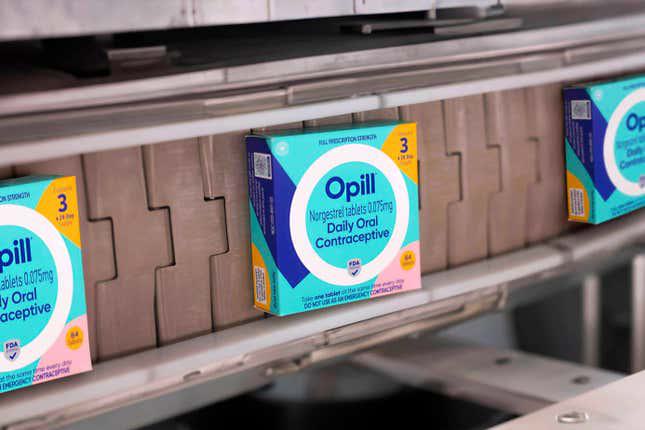Dry Eye Disease Drug Xiidra Lands FDA Approval - Dispatch Weekly
July 12, 2016 - Reading time: 2 minutes
As many as 16 million people in the US will soon be able to get treatment for dry eye disease after the US Food and Drug Administration approved Shire’s Xiidra (lifitegrast ophthalmic solution).
Xiidra, which is the only prescription eye drop indicated for the treatment of both signs and symptoms of dry eye disease, is a twice-daily eye drop solution. With the approval now out of the way, the drug could be available as early as third quarter of 2016.
The dry eye disease often turns into a chronic ocular disease. The disease is associated with inflammation that may eventually lead to damage to the surface of the eye. An eye care professional can diagnose dry eye disease based on signs and symptoms and determine management options, which could include the use of a prescription treatment.
The safety and efficacy of Xiidra was studied in 1,181 patients (of which 1,067 patients received lifitegrast 5%) in four placebo-controlled 12-week trials. Each of the four studies assessed the effect of Xiidra on both the signs and symptoms of dry eye disease at baseline, week two, six and 12. Assessment of symptoms was based on change from baseline in patient reported eye dryness score. Assessment of signs was based on inferior corneal staining score.
In all four studies, a larger reduction in EDS was observed with Xiidra at six and 12 weeks. In two of the four studies, an improvement in EDS was seen with Xiidra at two weeks. At week 12, a larger reduction in ICSS favoring Xiidra was observed in three of the four studies. The most common adverse reactions reported in 5 to 25 percent of patients were instillation site irritation, altered taste sensation (dysgeusia) and reduced visual acuity.
The inflammation associated with dry eye is thought to be primarily mediated by T-cells and associated cytokines. One effect of this process may be increased expression of intracellular adhesion molecule-1 (ICAM-1); ICAM 1 may be overexpressed in corneal and conjunctival tissues in dry eye disease.
Lifitegrast is a small-molecule integrin antagonist that binds to the integrin lymphocyte function-associated antigen-1 (LFA-1), a cell surface protein found on leukocytes, and blocks the interaction of LFA-1 with its cognate ligand intercellular adhesion molecule‑1 (ICAM‑1). LFA‑1/ICAM‑1 interaction can contribute to the formation of an immunological synapse resulting in T‑cell activation and migration to target tissues.
In vitro studies demonstrated that lifitegrast may inhibit T‑cell adhesion to ICAM‑1 in a human T-cell line and may inhibit secretion of inflammatory mediators (cytokines) in human peripheral blood mononuclear cells. The exact mechanism of action of lifitegrast in dry eye disease is not known.

DW Staff
David Lintott is the Editor-in-Chief, leading our team of talented freelance journalists. He specializes in covering culture, sport, and society. Originally from the decaying seaside town of Eastbourne, he attributes his insightful world-weariness to his roots in this unique setting.




